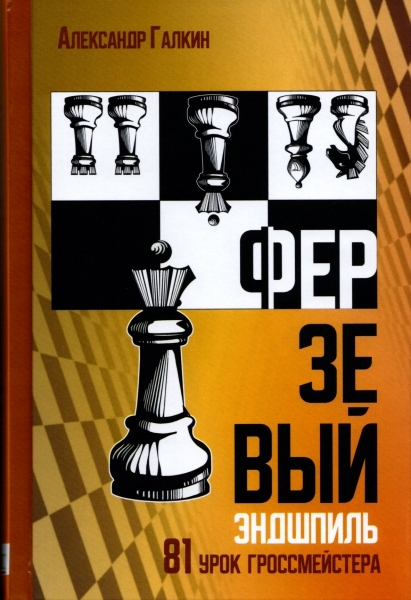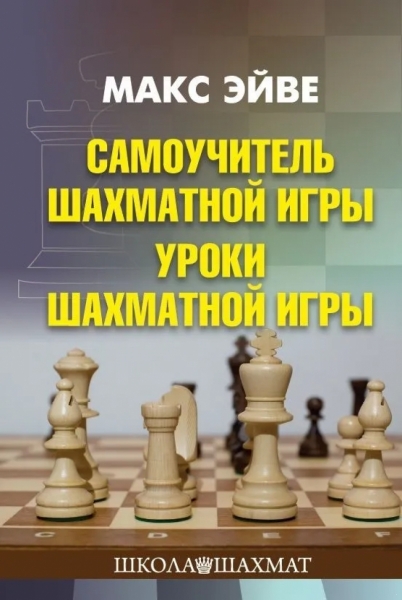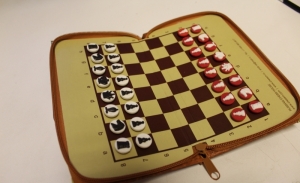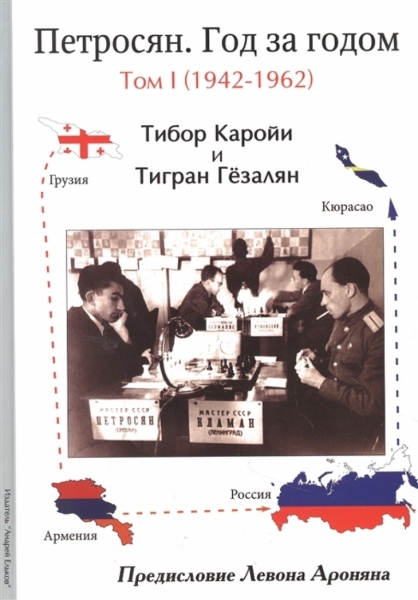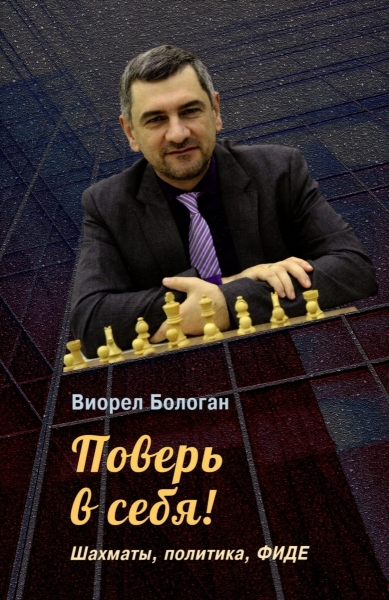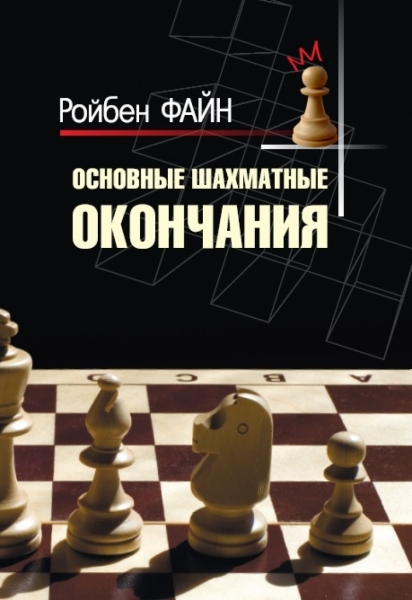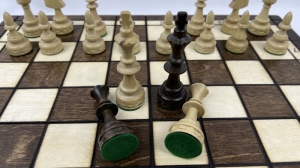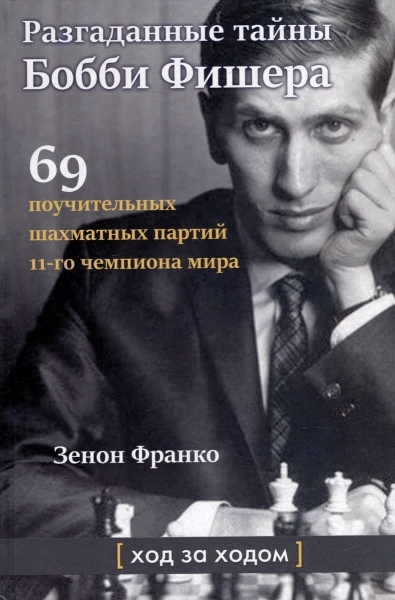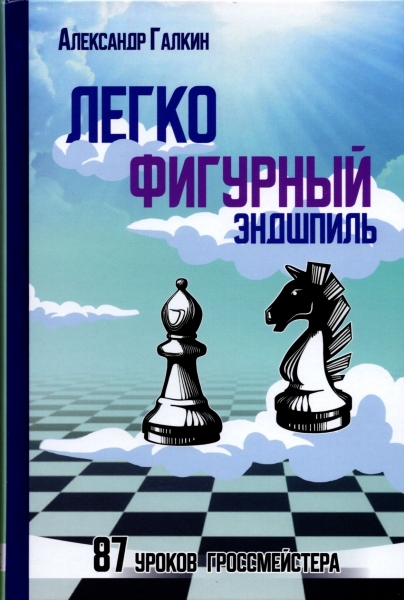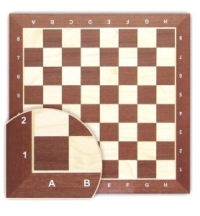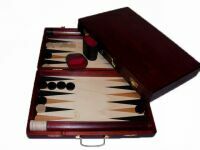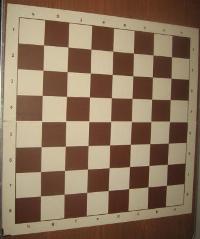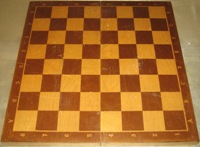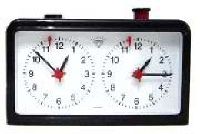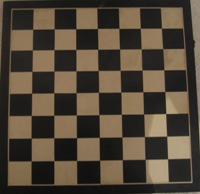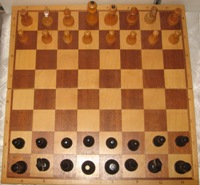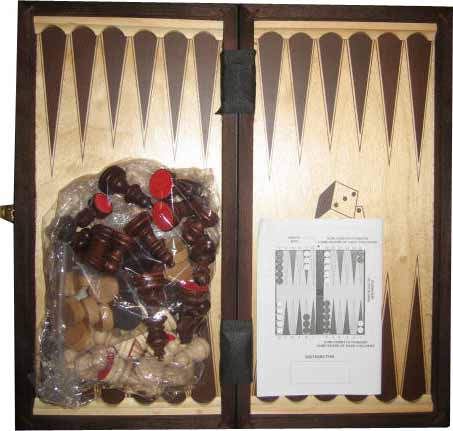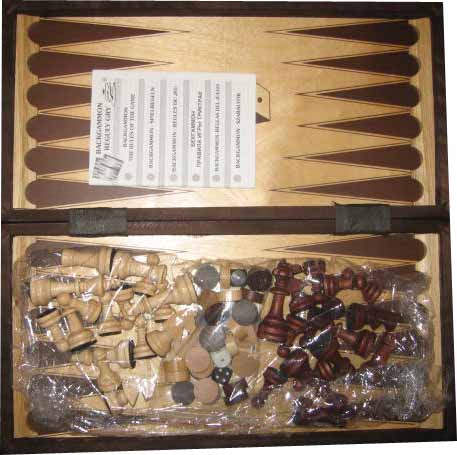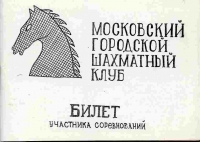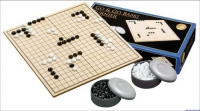INVENTORY
-
-
The size of the board is 41 x 41 cm, the cells are 4 x 4 cm. Thickness - 1.2 cm. Production Poland. The cost is indicated when buying in Moscow. Specify the cost of shipping when ordering.
-
137.50 $
Backgammon "Euro 3". Made in the form of a suitcase. It is convenient to carry them with the handle. In the set: Board: (frame material - birch) - folded board size 38x26x5 cm - unfolded board size 38x52x5 cm - holes and houses for chips, two locks, handle Chips - 30 mm (material: birch) Zarya - 15 mm (material: plastic) Glasses for charging - 2 pcs. (material: suit. leather) Country of manufacture - Poland
-
-
17.27 $
4 boards are available. size 40x40cm (there is also a size 45x45cm for 320 rubles.)
-
-
-
89.82 $
The game kit consists of chess, checkers and backgammon (backgammon). And a brochure describing the game. A chessboard scorched on wood with check markings, with beautiful gilded locks. Made in Poland
-
-
207.29 $
Large gift set (weight about 3.5 kg!). Legends reflected in ancient Chinese chronicles attribute the appearance of go to the third or beginning of the second millennium BC, attributing its creation to one of the legendary Chinese emperors or their closest courtiers. Objective historical evidence suggests that the game definitely existed and was quite common 2500 years ago - these were the first references to go in documents. The first material evidence (archeologists found planks and stones for go) and reliable records of games played date back to the first centuries of our era. In the 7th century, go to Japan, where, starting from the 15th century, it experienced a tremendous rise. In the 20th century, previously cultivated only in Asia, it became known and gradually spread to Europe and America. To date, most European countries, including Russia, have their own go federations.
-
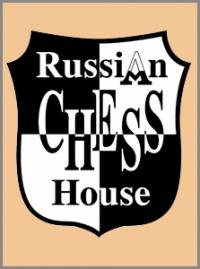 The life of a chess player in the system. Memories of the grandmaster
Author:
The life of a chess player in the system. Memories of the grandmaster
Author:
Averbah 45.00 $ -
 Три матча Ботвинник-Смыслов
Author:
Три матча Ботвинник-Смыслов
Author:
Botvinnik 45.00 $ -
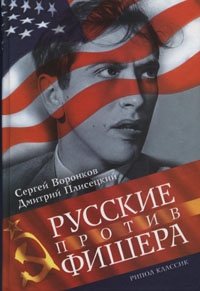 Russians vs Fisher
Author:
Russians vs Fisher
Author:
Voronkov 65.00 $ -
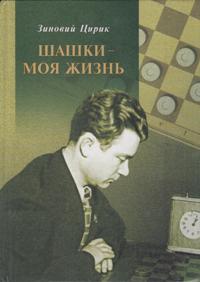 Checkers is my life
Author:
Checkers is my life
Author:
Ciric 87.50 $ -
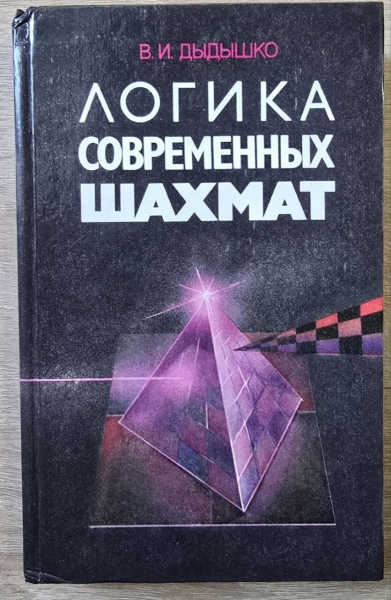 The logic of modern chess
Author:
The logic of modern chess
Author:
Dydyshko 72.50 $ -
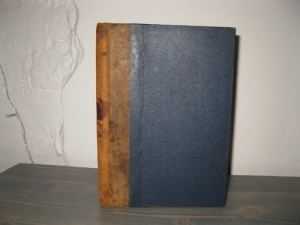 Siegbert Tarrasch. The Queen
Author:
Siegbert Tarrasch. The Queen
Author:
Tarrash 72.50 $ -
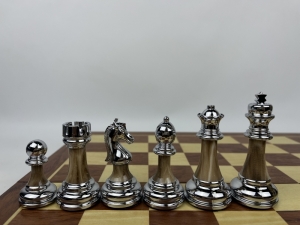 High quality acrylic metal heavy chess pieces with wooden board
202.50 $
High quality acrylic metal heavy chess pieces with wooden board
202.50 $
-
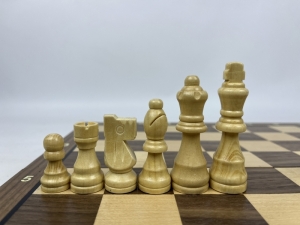 Wooden magnetic Staunton chess with a lock (silver)
56.25 $
Wooden magnetic Staunton chess with a lock (silver)
56.25 $
-
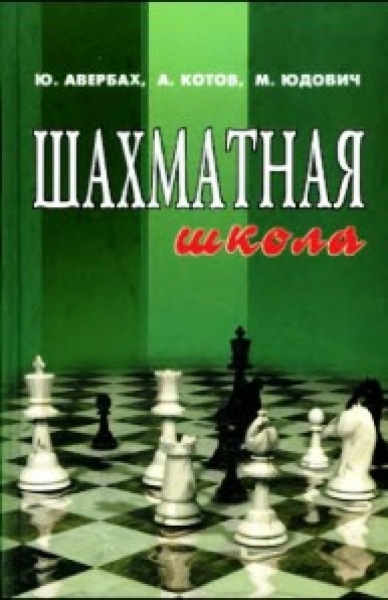 Chess school
Author:
Chess school
Author:
Averbah 15.00 $ -
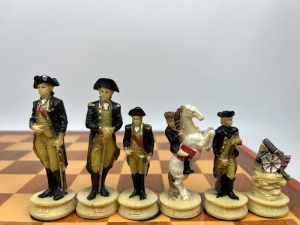 The chess set of The Chessmen. US war - Great Britain
325.00 $
The chess set of The Chessmen. US war - Great Britain
325.00 $
 Русский
Русский  Английский
Английский 